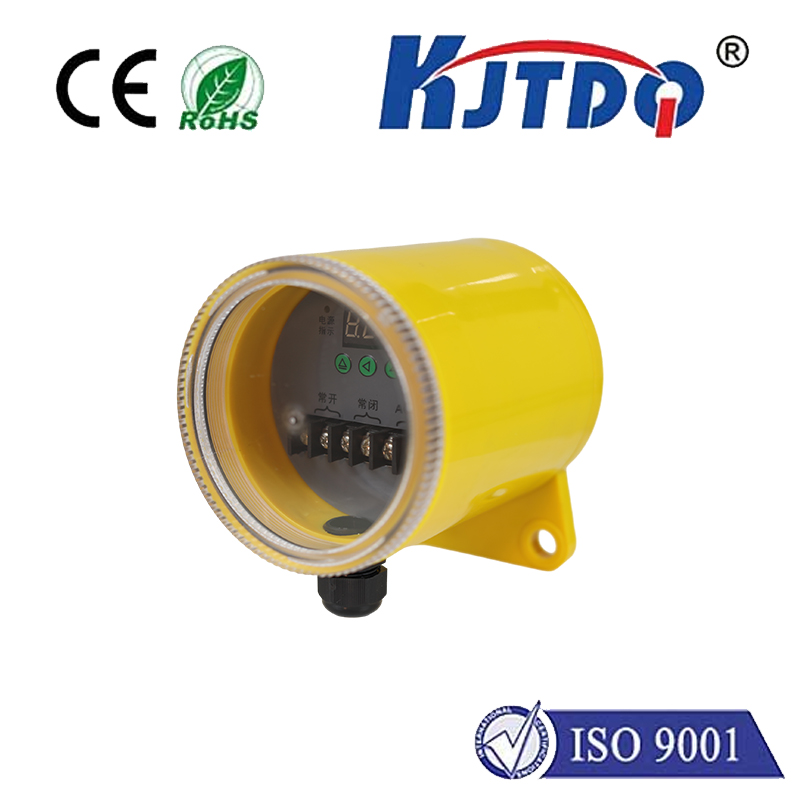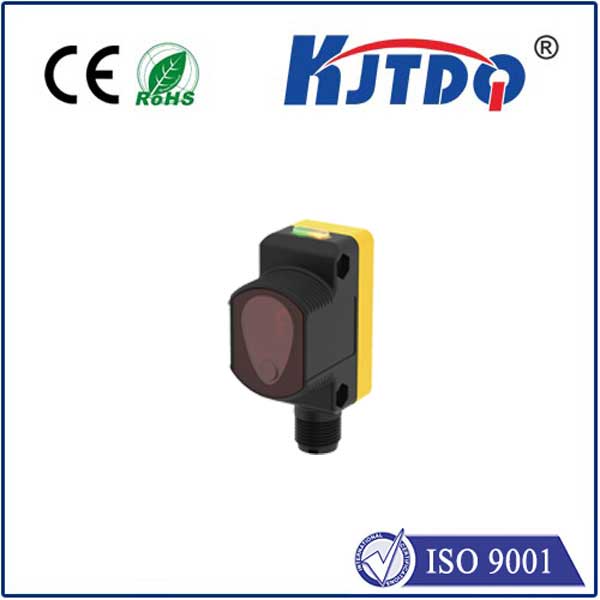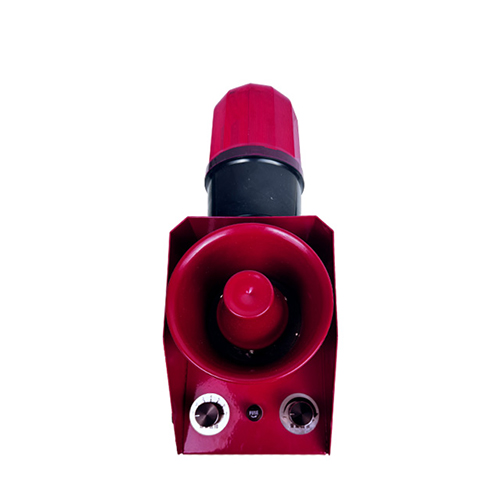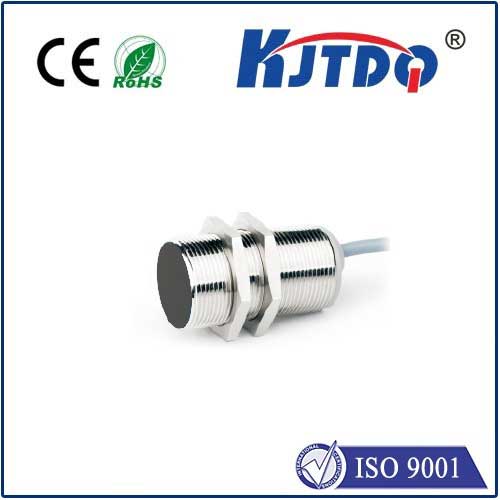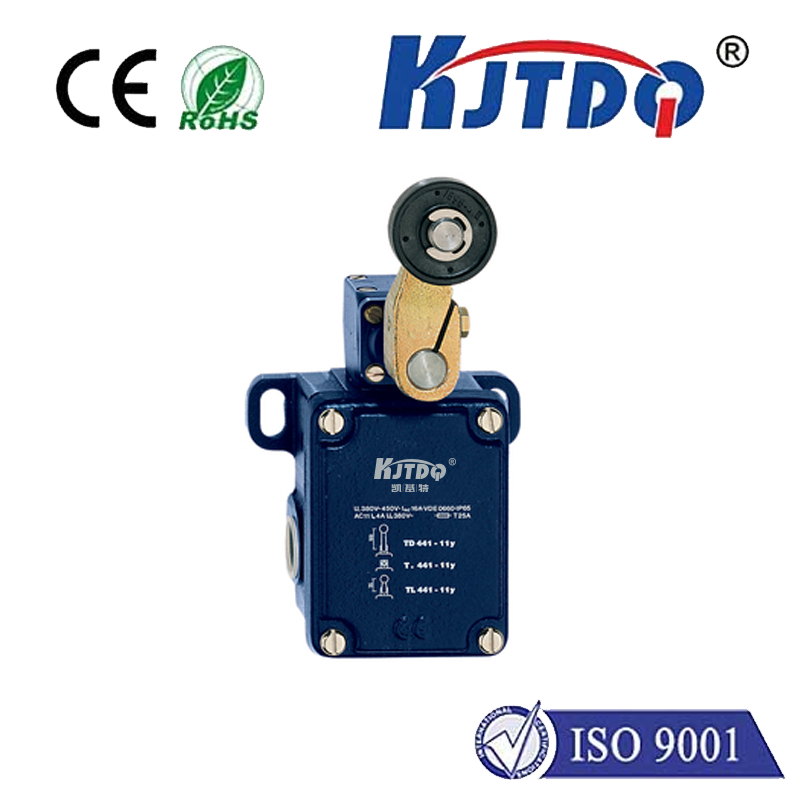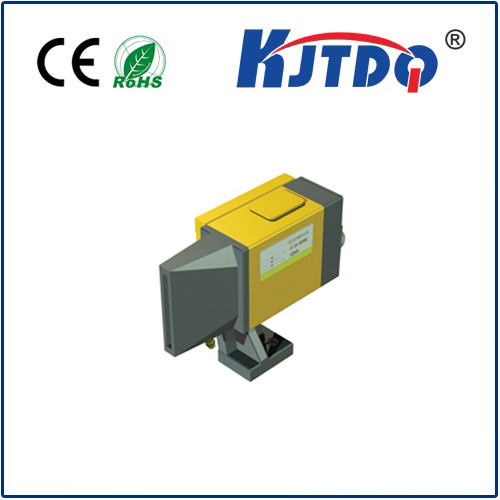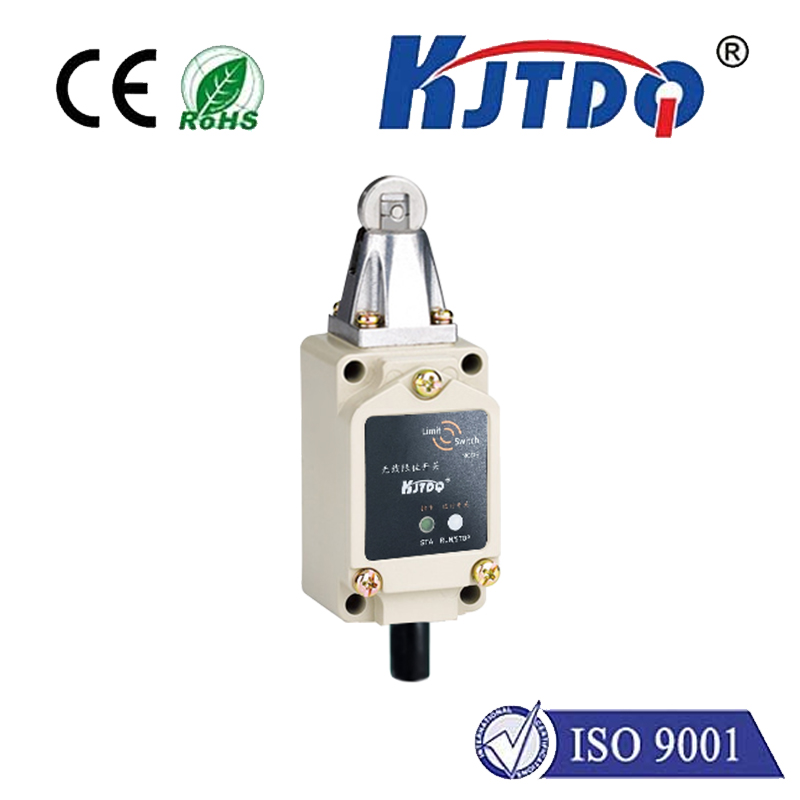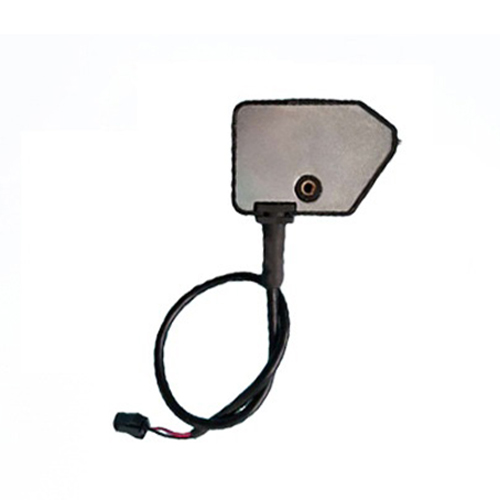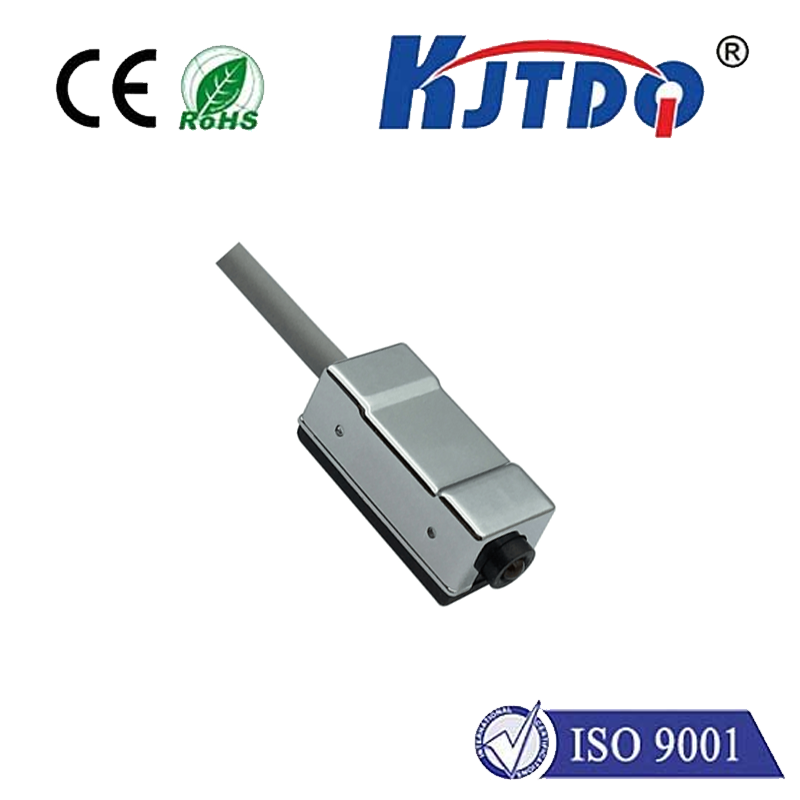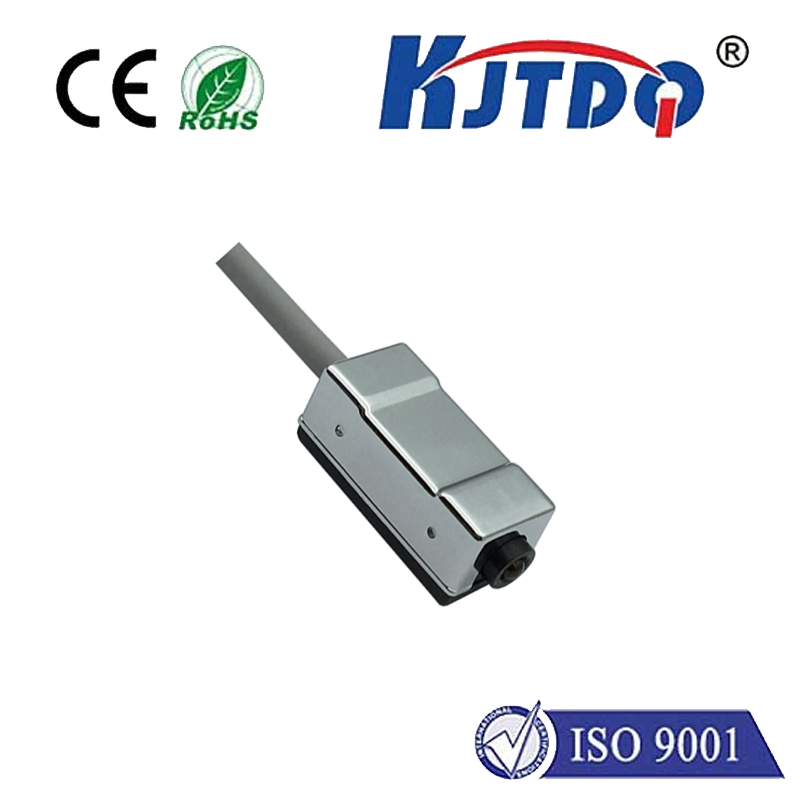

check

check

check

check
Ever struggled with unreliable object detection slowing down your automated process? Achieving consistent, accurate sensing is fundamental to smooth production lines, efficient packaging, and reliable material handling. When standard sensors falter under challenging conditions like dust, varying target colors, or mechanical vibration, finding a robust solution becomes critical. Enter the Autonics PR12-4DN photoelectric sensor – a compact yet powerful tool engineered to deliver dependable performance where it matters most.
Photoelectric sensors, like the PR12-4DN, utilize a light transmitter and receiver to detect objects. They work by emitting a beam of light (visible red in this case) and monitoring the received light level. An object is detected when it interrupts or reflects this beam, depending on the sensor’s operating mode. This non-contact method offers significant advantages over mechanical switches, including faster response times, elimination of physical wear, and the ability to detect a wide range of materials. The PR12-4DN specifically belongs to the diffuse-reflective family. This means both the light emitter and receiver are housed within the same compact unit. It detects an object when the target reflects sufficient light from the emitter back to the receiver. This design offers a practical balance between ease of installation (no separate reflector required) and reliable detection within its specified range.
So, what makes the Autonics PR12-4DN stand out as a solution for demanding industrial applications? Its capabilities are built upon several key features:
The PR12-4DN photoelectric sensor finds its strength in numerous industrial scenarios demanding robust and accurate object detection. Its compact size and diffuse-reflective mode make it ideal for:
Beyond its core specifications, the Autonics PR12-4DN delivers practical benefits that directly impact operational efficiency and cost. Its inherent non-contact detection eliminates mechanical wear, significantly extending operational lifespan compared to limit switches and drastically reducing maintenance costs. Quick setup is another major advantage; the diffuse-reflective design avoids the complex alignment often needed with through-beam sensors. The sensor’s robustness translates into reliable operation even in demanding conditions. The sealed housing protects internal components from dirt, oil, and moisture, while its construction inherently resists vibration, ensuring stable performance on moving machinery. Furthermore, the visible red light beam greatly aids in simpler alignment and troubleshooting, allowing technicians to quickly verify the beam path and identify potential obstructions – a feature not available with infrared sensors.
When selecting the ideal PR12-4DN variant for your application, consider two primary factors: output type and supply voltage. Match the output (NPN or PNP) to the input requirements of your controller (PLC, counter, relay module). The sensor typically operates within a wide DC voltage range (commonly 10-30V DC), offering compatibility with standard industrial power supplies. For detection at longer distances or in situations with poor reflectivity (dark, non-reflective surfaces), a through-beam sensor or a retro-reflective sensor might be a more suitable alternative. However, for reliable detection within 10mm on a wide range of typical targets, coupled with the need for a compact, easy-to-install, and robust solution, the Autonics PR12-4DN photoelectric sensor remains an exceptionally strong contender.
In essence, the Autonics PR12-4DN is more than just a component; it’s a commitment to operational consistency. Integrating this sensor translates to fewer false triggers, reduced unplanned stops, and smoother production flow. Its combination of accuracy, resilience, and ease of use makes it a trusted workhorse across countless automated systems, silently ensuring processes run reliably shift after shift. If dependable short-range detection in a compact, industrial-grade package is your requirement, the PR12-4DN deserves serious consideration.
